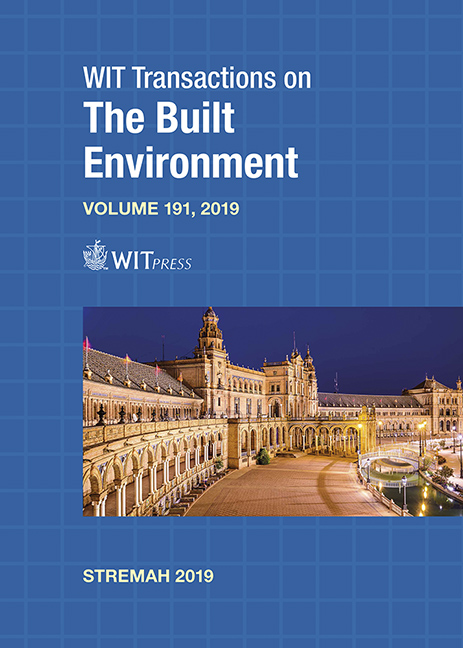PERMITTING SIGNIFICANT HARM IN THE CONSERVATION OF HERITAGE ASSETS: CONFLICTS IN SUSTAINABLE LAND-USE PLANNING DECISIONS
Price
Free (open access)
Transaction
Volume
191
Pages
12
Page Range
225 - 236
Published
2019
Paper DOI
10.2495/STR190191
Copyright
WIT Press
Author(s)
HAZEL ANN NASH
Abstract
Despite the increasingly divergent legislative framework for land use planning in England and Wales, both planning regimes are characterised by a commitment towards action and decision-taking by public bodies which contribute towards sustainable development (s.39, Planning and Compulsory Purchase Act 2004). The purpose of this is to ensure that the development and use of land facilitates economic, social and environmental progress for present and future generations. The conservation of heritage assets, in a manner appropriate to their significance, forms part of the core planning objectives upon which decisions should be made. However, assessing proposals for the repurposing of built historic assets with sustainable development principles can result in decisions which not only conflict with other aspects of sustainable development, but indeed run counter to it and its protection. This paper examines the implementation of law and policy by local authorities in appraising planning applications concerning the conversion of listed buildings. The article begins by considering the underpinning legal and policy contexts in relation to sustainable development and built heritage in England and Wales. Second, it discusses the duties on decision takers in assessing the merits of planning proposals and the discretionary character of the regimes. Last, drawing on two relevant and recent planning decisions, one of which the author, engaged as the Planning Officer was responsible for evaluating, the paper examines the application of the presumption in favour of sustainable development in proposals which seek to conserve listed buildings. The paper concludes that there is a tangible risk that prioritising the long-term conservation of listed buildings at the expense of other aspects of sustainable development and wider land use planning priorities could result in perverse and harmful outcomes to listed building themselves and to economic, social and environmental progress.
Keywords
conservation, decision-taking, enabling development, harm, heritage, planning considerations, policy, sustainability, viability




